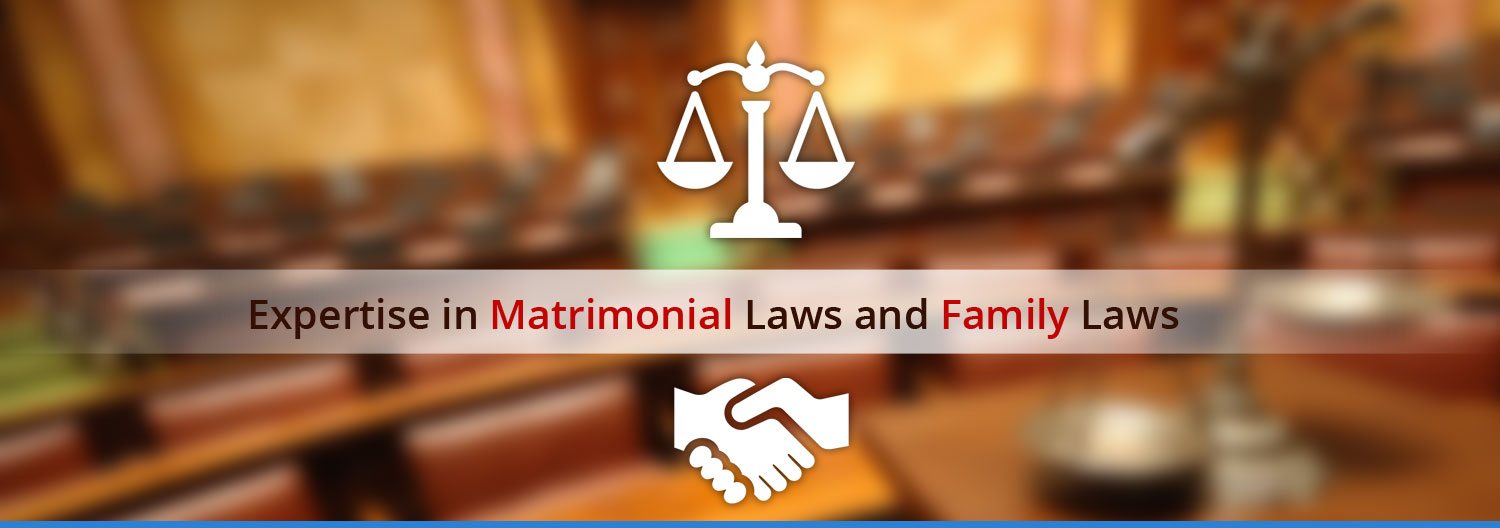COMMENTS
Where both the parties to the petition were two Tribals, who otherwise profess Hinduism, held, their marriage being out of the purview of Hi ndu Marriage Act, 1955 in light of section 2(2) of the Act were governed only by their Santal Customs and usage: Surajmani Stell Kujur V. Durge Charan Hansdah A.I.R. 2001 S.C.938.
In view of S.19 read Alongwith Ss. 1 and 2, the Hindu Marriage Act, 1955 applies to all Hindus who got married according to Hindu rites, irrespective of domicile and / or residence: Nitaben v. Dhirendra Chandrakanth Sukhla (1984) 1 D.M.C. 252; (1984-1) 25 Guj. L.R. 276.
Definitions.- In this Act, unless the context otherwise requires,-
(a) the expression “custom” and “usage” signify any rule which, having been continuously and uniformly observed for a long time, has obtained the force of law among Hindus in any local area, tribe, community, group or family:
Provided that the rule is certain and not unreasonable or opposed to public policy; and
Provided further that in the case of a rule applicable only to a family it has not been discontinued by the family;
(b) “district court” means in any area for which there is a City Civil Court, that Court, and in any other area the principal Civil Court of original jurisdiction, and includes any other Civil court which may be specified by the State Government, by notification in the Official Gazette, as having jurisdiction in respect of the matters dealt with in this Act;
Objects and Reasons.- The definition of “district court” has been modified to make it clear that where there is a City Civil Court, it is that Court alone which shall have jurisdiction under this law. By another amendment, the power to notify inferior Courts as districts courts for the purposes of this law is a sought to be vested in the State Government instead of in the Central Government, as originally proposed.
(c) “full blood” and :half blood” – two persons are said to be related to each other by full blood when they are sescended from a common ancestor by the same wife and by half blood when they are sescended from a common ancestor but by different wives;
(d) “uterine blood” – two persons are said to be related to each other by uterine blood when they are descended from a common ancestress but by different husbands;
Explanation.- In clauses (c) and (d), “ancestor” includes the father and “ancestress” the mother;
(e) “prescribed” means prescribed by rules made under this Act,
(f) (1) “sapinda relationship” with reference t any person extends as far as the third generation (inclusive) in the line of ascent through the mother, and the fifth (inclusive) in the line of ascent through the father, the line being traced upwards in each case from the person concerned, who is to be counted as the first generation;
(ii) two persons are said to be “sapindas” of each other if one is a lineal ascendant of the other within the limits of sapinda relationship, or if they have a common lineal ascendant who is within the limits of sapinda relationship with reference to each of them;
(g) “degrees of prohibited relationship” – two persons are said to be within the “degrees of prohibited relationship”-
(i) if one is a lineal ascendant of the other; or
(ii) if one was the wife or husband of a lineal ascendant or descendant of the other; or
(iii) if one was the wife of the brother or of the father’s or mother’s brother or of the grandfather’s or grandmother’s brother of the other; or
(iv) if the two are brother and sister, uncle and niece, aunt and nephew, or children of brother and sister or of two brothers or of two sisters;
Explanation:- For the purposes of clause (f) and (g), relationship includes-
(i) relationship by half or uterine blood as well as by full blood;
(ii) illegitimate blood relationship as well as legitimate;
(iii) relationship be adoption as well as by blood;
and all terms of relationship in those clauses shall be construed accordingly.
Objects and reasons.- The definition of “prohibited degrees” and “sapinda relationship” are on the lines of the Rau committee’s Report. As has been pointed out by that committee, the strict rule prohibiting marriages within the limits of sapinda relationships defined in the Smritis (seven and five degrees) have been considerably relaxed by custom and the limits have, therefore, been reduced to five and three degrees, as is generally recognized now. A definition of “prohibited degrees” is also necessary because there is the greatest diversity among Hindus in different parts of India as to what are the prohibited degrees for marriage. The usual rule is that the parties should not be sapindas of each other. Not only, however, has the sapinda relationship been interpreted in different ways by different authors, but the rule itself has been subjected to modification by custom. Some kind of limit has, therefore, to be provided to prevent incestuous marriages, subject to judicially recognized customs or well-established customs which satisfy the requirements of the definition of that expression.
Joint Committee Report:- The definition of prohibited degrees in sub-clause (g) has been expanded so as to include the brother’s widow, the paternal or maternal uncle’s widow, the widow of the grand-father’s or grand-mother’s brother and the children of brother and sister. In the opinion of the Joint Committee, marriage within such relationships should be discouraged; but wherever there is a custom to the contrary, ample recognition of such custom is contained in clause.








i am in love with my mom’s sister’s son,we both are planning to get married,will are marriage be legal or will we have any issue?plzz help me… want to know in what way i can get married to him legaly.